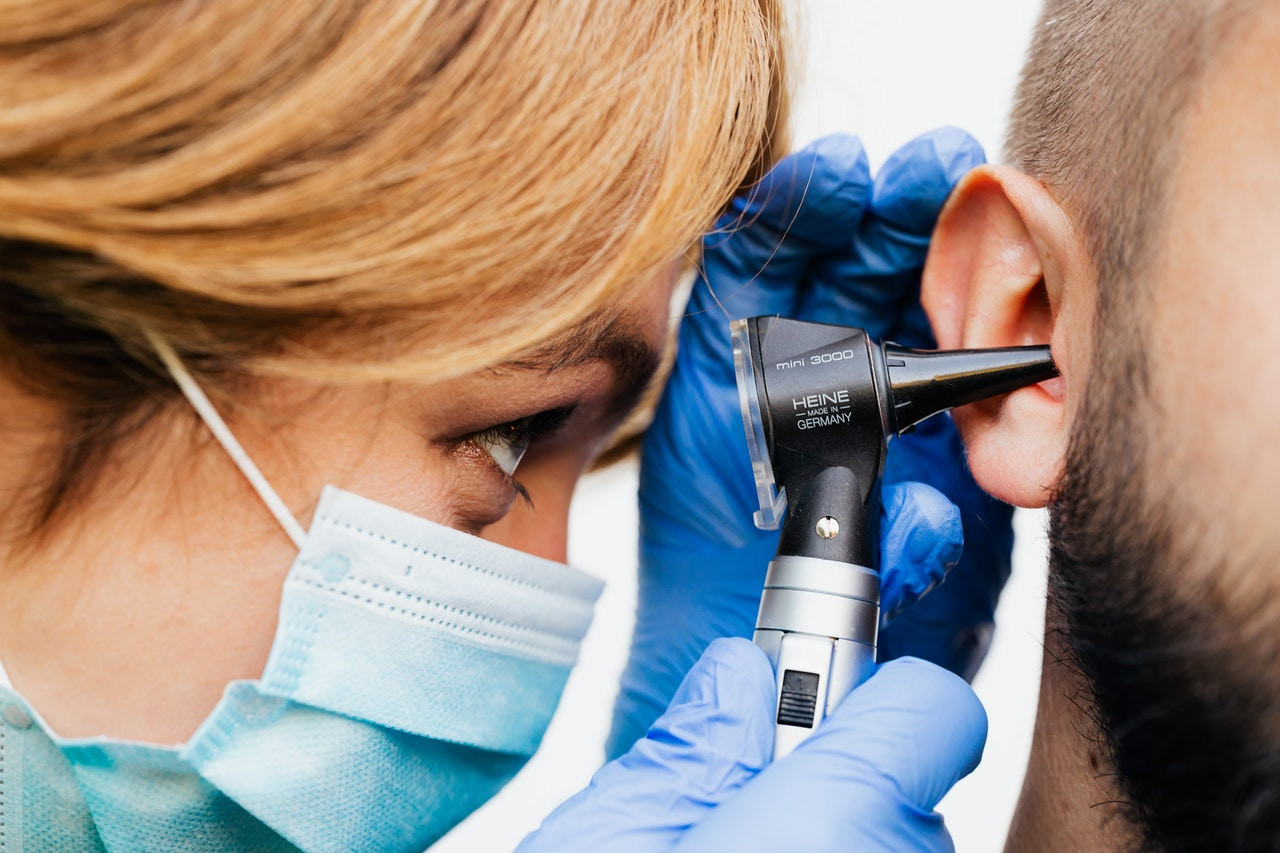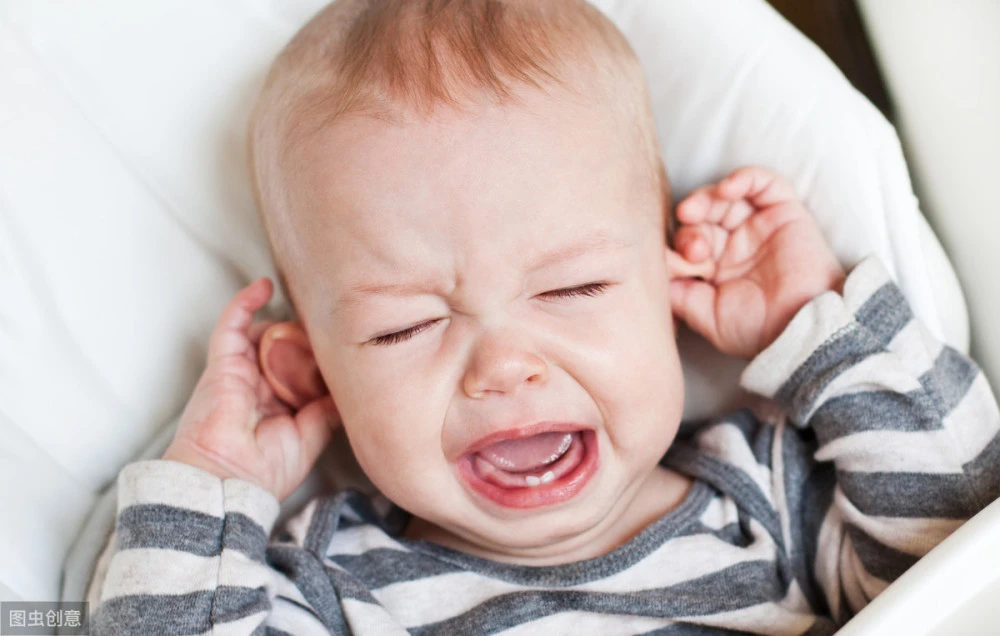Definition
Otitis media with effusion (OME), also known as serous or secretory otitis media, is a condition characterized by fluid accumulation in the middle ear, which is the space behind the eardrum. Otitis media is a general term that refers to middle ear inflammation. Unlike acute otitis media, OME is not accompanied by an ear infection. This fluid buildup can occur following a cold, sore throat, or upper respiratory infection.
OME is more prevalent in children aged 6 months to 3 years and tends to affect boys more frequently than girls. It's estimated that 80% to 90% of children will experience an OME episode before school age. This condition is more common during the rainy season and is often underdiagnosed due to its subtle symptoms compared to acute otitis media.
OME is usually self-limiting, with the fluid typically resolving on its own within 4 to 6 weeks. However, in some cases, the fluid in the ear may persist for longer, potentially causing temporary hearing loss or becoming infected, leading to acute otitis media.
Causes
The primary cause of OME is dysfunction of the eustachian tube, which connects the throat and nose to the middle ear and helps equalize pressure between the middle ear and external air. When the eustachian tube swells or becomes blocked, it impairs fluid drainage from the middle ear, resulting in fluid accumulation behind the eardrum. Other contributing factors include:
- In children, the eustachian tubes are still not developed completely.
- Inflammation of the adenoids, which are tissues at the back of the nose and throat, can block the eustachian tube, affecting speech and breathing ability in children.
- Colds, allergies, and upper respiratory infections can cause swelling or blockage in the nose, throat, or eustachian tube.
- Congenital structural abnormalities of the eustachian tube.
Although OME is not an ear infection, it can be related to infections. For instance, an ear infection can disrupt fluid drainage in the middle ear, accumulating fluid. Even after the infection resolves, fluid may persist in the middle ear space. Additionally, the blocked tube and excess fluid create an environment ideal for bacterial growth, which can subsequently cause an ear infection.
Risk factor
Children are the most common group at risk of developing otitis media with effusion due to differences in the eustachian tube structure between children and adults. In children, the tubes are shorter and flatter, making fluid drainage more difficult. In contrast, adults have longer tubes with more acute angles, allowing gravity to assist in draining fluid from the middle ear.
While otitis media with effusion can occur in adults, it is less common. Several factors can increase the risk of this condition, including:
- Congenital abnormalities that could increase the risk of fluid accumulation in the middle ear, such as cleft palate, Down syndrome, and other congenital facial bone abnormalities
- The flu or other upper respiratory tract infections
- Allergies
- Exposure to irritants such as cigarette smoke
- Enlarged adenoids that block the eustachian tube
- Drinking while lying down (in babies)
Symptoms
Otitis media with effusion is not an infection, and its symptoms are often mild or minimal, varying based on the child's age. Not all children with otitis media with effusion show symptoms. One common symptom is hearing disorders. In younger children, changes in behavior may indicate hearing issues. For example, a child might turn up the television volume louder than usual or pull at their ears. Other symptoms in older children or adults include:
Diagnosis
To diagnose otitis media with effusion, the doctor will first inquire about symptoms and any history of previous ear infections. The doctor will then examine the ear using an otoscope, a tool with a magnifying glass and light to look inside the ear. The doctor will check for:
- Air bubbles on the eardrum's surface
- Whether the eardrum appears dull rather than smooth and shiny
- Visible fluid behind the eardrum
- Whether the eardrum does not move when a small amount of air is blown into it
The doctor may also use more advanced methods, such as a tympanometry examination. In this procedure, a probe is inserted into the ear to determine the amount and thickness of fluid behind the eardrum.
Management
Management of otitis media with effusion depends on the severity of the patient's condition. Some treatment options that may be recommended by your doctor include:
Observation
The fluid buildup in otitis media with effusion usually resolves within four to six weeks without any treatment.
Medications
Since the fluid in otitis media with effusion is not caused by an infection, doctors typically do not immediately recommend antibiotics. However, antibiotics may be prescribed if there is an additional infection besides this condition. Antihistamines and decongestants are rarely recommended as they often do not significantly impact otitis media with effusion.
Surgery
In cases where otitis media with effusion persists for two or three months, your doctor may suggest a surgical procedure known as a myringotomy. This procedure involves inserting a tube into the ear (myringotomy tube). The doctor first makes a small hole in the eardrum to drain the fluid and then places a small tube in this hole to prevent future fluid buildup. After the surgical procedure, the hearing function will gradually return to normal, though it may take 6 to 12 months for the tube to fall out independently.
Complications
Otitis media with effusion does not result in permanent hearing damage, even when fluid accumulates for an extended period. However, if otitis media with effusion is frequently accompanied by ear infections, several other complications can arise, such as:
- Acute ear infection
- Cholesteatoma (a fluid-filled sac in the middle ear)
- Scar tissue on the eardrum
- Damage to the ear that can lead to hearing loss
- Speech or language delays (in children)
Prevention
The best way to prevent otitis media with effusion is to maintain ear health to avoid ear infections by:
- Washing hands and toys frequently
- Avoiding cigarette smoke and pollution, which can affect fluid absorption in the ear
- Avoiding substances that trigger allergies
- Using an air filter to keep the air as clean as possible
- Breastfeeding, which can help children fight ear infections
- Avoiding drinking while lying down
- Taking antibiotics only when necessary
When to see a doctor?
Consult a doctor if you or your child experience symptoms of otitis media with effusion. Take your child to the doctor immediately if they experience severe ear pain, fluid or pus discharge from the ear canal, or hearing problems.
Looking for more information about other diseases, Click here!
- dr Anita Larasati Priyono
Begum, Jabeen. What is Otitis Media with Effusion?. (2021). Retrieved 8 Maret 2022, from https://www.webmd.com/cold-and-flu/ear-infection/what-is-otitis-media-with-effusion
Hayes, Kristin. Overview of Serous Otitis Media (Fluid in the Ears). (2021). Retrieved 8 Maret 2022, from https://www.verywellhealth.com/serous-otitis-media-1192122
Nall, Rachel. Otitis Media with Effusion. (2018). Retrieved 8 Maret 2022, from https://www.healthline.com/health/otitis-media-with-effusion
Otitis Media (with Effusion). (2018). Retrieved 8 Maret 2022, from https://familydoctor.org/condition/otitis-media-with-effusion/
Ruiz, Ryan L. Otitis Media with Effusion (OME). Retrieved 8 Maret 2022, from https://www.chop.edu/conditions-diseases/otitis-media-effusion-ome
Schwartz, Charles I, et al. Otitis Media with Effusion. (2020). Retrieved 8 Maret 2022, from https://medlineplus.gov/ency/article/007010.htm
Searight, Frederick T., et al. Otitis Media with Effusion. (2021). Retrieved 8 Maret 2022, from https://www.ncbi.nlm.nih.gov/books/NBK538293/










